Have you ever wanted a traditional cast-iron skillet or a trusty Dutch oven but put off by the weight or the need to reseason the cookware? Well, Sanjo Special Cast Co, Ltd. has created two lines of cookware called Unilloy and SSC that are up to 50% lighter than other brands in a comparable size.
But before you put a new Japanese cast iron skillet or enameled Dutch Oven on your shopping list? Let’s find out if Unilloy and SSC cast iron cookware suits your cooking needs
Table Of Contents
- Company information
- Who makes Unilloy and SSC brands?
- Product information
- Features of Unilloy and SSC cookware
- Should you use Unilloy or SSC cookware?
- Potential disadvantages of Unilloy and SSC holloware
- Buying considerations before purchasing
- Conclusion
Table: Company Information
When was Sanjo Special Cast Co., Ltd. founded? | The company began manufacturing in 1961. |
What cookware do they make? | Sanjo Special Cast Company manufactures two cookware bands, SSC and Unilloy. |
What are they known for? | The company is well-known for lightweight cast iron cookware. |
What products does the company make? | The company makes a wide range of Dutch Ovens, casserole dishes, and skillets. |
Where are the products made? | The company makes all its products in Niigata, Japan. |
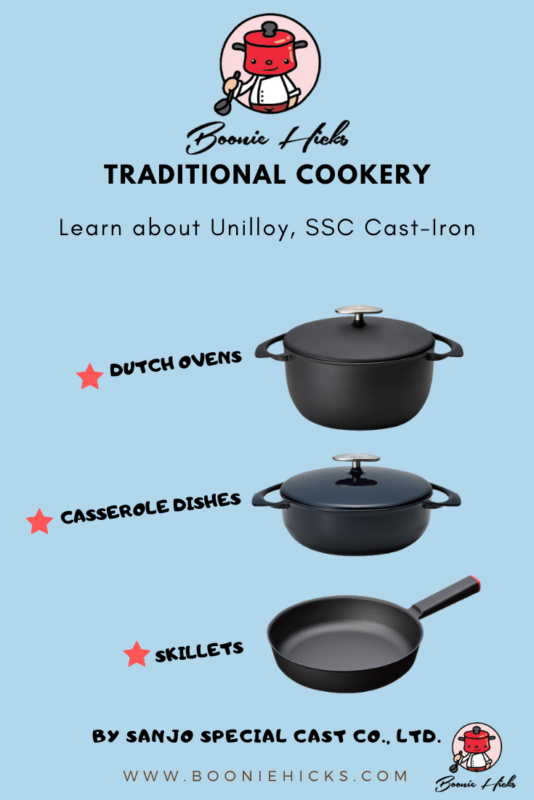
Who Makes Unilloy And SSC Cast Iron Cookware?
The company behind SSC and Unilloy cookware are the people who work for Sanjo Special Cast Co., Ltd. The company is heavily involved in manufacturing automotive and heavy industry casting. But as you will discover, they also manufacture high-end coated and enameled cast iron cookware that you’ll love.
What Lines Of Cookware Does The Sanjo Special Company Make?
The company makes two cookware lines in their hometown of Tsubame-Sanjo in Niigata, Japan. They make a household brand called SSC, an abbreviation of the company’s name. And they make professional-grade cookware known as Unilloy. And within these two lines, they manufacture the following:
- Cast irons skillets (SSC and Unilloy)
- Enameled cast iron Dutch ovens (Unilloy)
- Cast iron enameled casserole dishes (Unilloy)
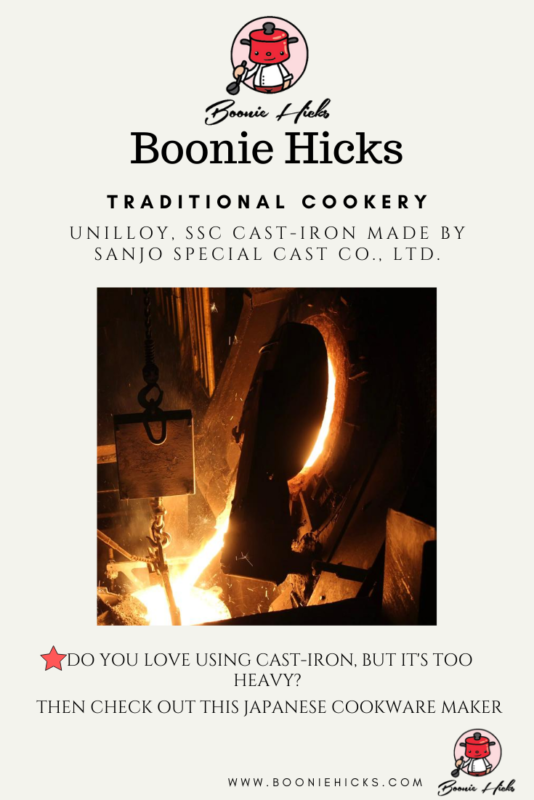
SSC Skillets
SSC skillets come in a range of sizes, starting from 20cm. It’s a perfect size if you want to cook side dishes and smaller meals such as omelets. And go to the ever-popular 26cm pan or just under 10.5 inches for singles, couples, and young families. These skillets have an easy-clean silicone coating.
Unilloy Skillets
These professional-grade skillets look fantastic and are well constructed. They are currently two sizes, the standard 26cm and a larger 28cm pan, for those wanting a little extra space. Applied to the surface of Unilloy skillets is a silicone coating for semi-nonstick cooking. And the handles are flat and slightly angled to make moving from the stovetop to the oven a breeze.
Unilloy Dutch Ovens And Casserole Dishes
If you want to cook wholesome meals, it’s hard to look past cast-iron Dutch ovens and casserole dishes. Luckily for us, Unilloy makes some pretty snazzy Dutch Ovens. These ovens compete in the high-end market with their famous French counterparts, Staub and Le Creuset.
But Unilloy enameled pots are made with FVC iron. This type of iron offers consumers slow cooking options without the weight of traditional cast iron. And the ovens are much easier to clean than an air fryer.
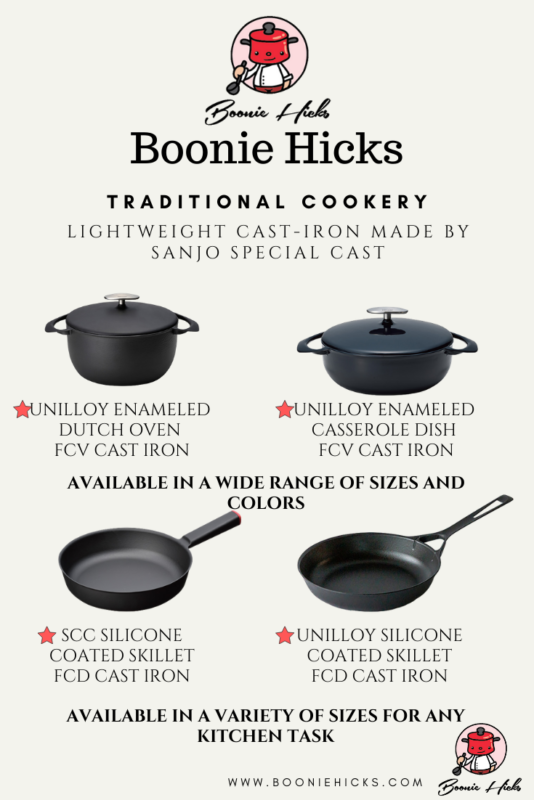
Features Of SSC And Unilloy Cookware
Let’s look at some of the features of Unilloy and SSC cookware. After all, these are nice-looking pots and pans. But they cost more than many other brands. So, should you part with your hard-earned cash?
Key Benefits
- weight
- enameling
- detailing
How Much Lighter Are Unilloy And SCC Cast Iron Cookware?
As mentioned earlier, cast iron made by the Sanjo Special Cast is much lighter than many other brands; this is due to the company using FCV iron and FCD iron in their cookware.
The metal is more difficult to work with compared to standard iron. But because of the added strength of FVC and FCD, the casting works can make cast iron cookware that is only 2mm thick. Therefore, cookware is much lighter compared to other brands.
Unilloy 11-inch Skillet vs. A 12-inch Lodge Skillet Comparison
Unilloy Cast-iron Skillet | Lodge Cast-iron Skillet | |
Size | 11-inches or 28cm | 12-inch or 30.48cm |
Weight | 3.30lbs or 1.5kgs | 7.92lbs or 3.6kg |
Material | FCD Cast Iron | Cast Iron |
Coating | Heat Resistant Silicone | Polymerized Vegetable Oil |
Country of Manufacture | Japan | United States |
Enameling
Another feature of Sanjo Special Casting cookware is the enamel on their Unilloy Dutch ovens and casserole dishes. Unlike their French counterparts, Unilloy has enamel on the rim of the lid and pot.
Because the cookware has enamel around the edges, there isn’t a horrible grinding noise when you cover the cast iron cookware with the lid. Most other brands grind down the enamel on the rim of the pot.
Detailing
Each piece of SCC and Unilloy cast iron cookware is checked carefully for imperfections. Before, any rough burrs and edges are rounded and smoothed.
First, workers use a grinder to remove the molding gate mark and to smooth the edges. Then, foundry workers take an extra step. And use a precision tool to round the edges to remove any roughness inside the handles. And this extra care makes the cookware a joy to pick up and use.
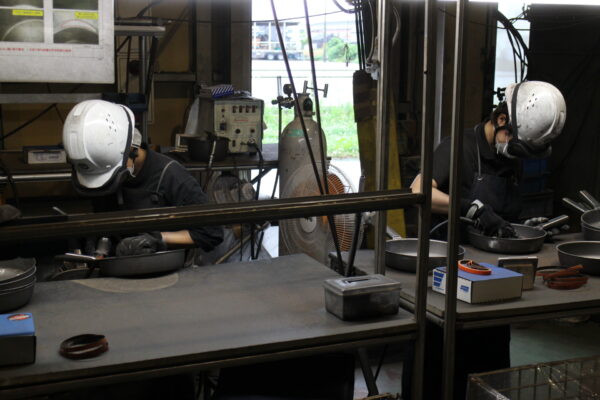
Disadvantages Of Unilloy And SSC
To provide the best information possible, I have to mention any negative points I might see from my experience as a user and collector of cast iron cookware. And ultimately, it provides you with the information you need to decide if the cookware is right for you. Answering this question is especially important if you’re shopping online. And I have two points you might want to consider.
Dutch Oven Sizes
Because the company currently focuses on the Japanese and Northeast Asian markets. The largest capacity Dutch oven is only 3.8 liters or 4 quarts. Smaller than the Dutch popular 5.5-quart ovens in the West because of the cooking style.
So, if you want to cook a whole chicken or braise lamb shanks, you might need a larger pot not currently available.
Silicone Coating
For advanced cast iron users, many like the idea of cooking with a natural cooking surface. And many cast-iron enthusiasts share methods to reseason their cookware and what oil to use.
However, many Japanese prefer non-fuss cookware that is easy to use, clean, and replace after the cooking surface deteriorates.
SSC and Unilloy skillets have a modern silicone coating similar to the bonded layer on bakeware, such as muffin trays and roasting dishes. It would be almost impossible to strip the original silicone layer and replace it with traditional seasoning.
What’s The Difference Between A Unilloy And An SSC Skillet?
You’ll be happy with an SSC-branded skillet or a Unilloy skillet. However, there are a few differences between the skillets. And before you buy, let’s look at which is best for your needs.
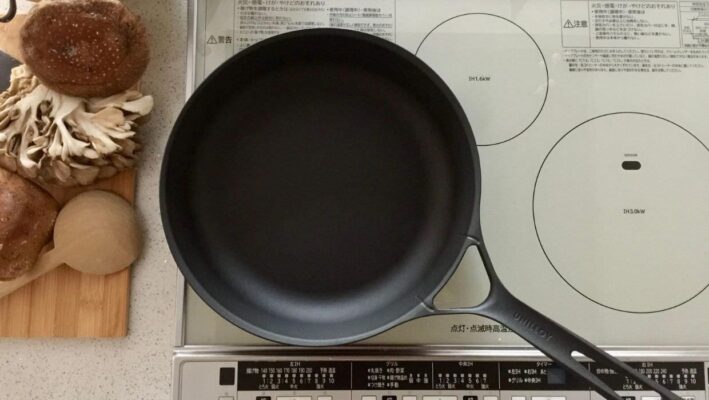
A Comparison Between An SSC And Unilloy 26cm Skillet.
SCC cast iron skillet (26cm) | Unilloy cast iron skillet (26cm) | |
Weight | 1.1kgs or 2.42lbs | 1.3kgs or 2.86lbs |
Capacity | 2.9L or 3qt | 2.3L or 2.4qt |
Material | FCD cast iron | FCD cast iron |
Coating | Heat resistant silicone | Heat resistant silicone |
Handle | Comfortable rounded handle | Flat solid handle for professional use |
Country of Manufacturer | Japan | Japan |
Key Takeaways | The skillet is lightweight and has a comfortable handle. You’ll get the full benefit of FCD cast iron. | The skillet is slightly heavier and has a robust construction. Build for professional chefs and serious cooks. |
Choosing A Dutch Oven
Are you looking for a good quality Dutch oven? Well, the Unilloy line has a good selection of colors and sizes on offer. And most importantly, the cast-iron pots are well-constructed. You’ll be surprised how much lighter these ovens are if you compare them to other brands.
I recommend the 3.8-liter capacity oven. This way, you can take full advantage of the Unilloy thinly cast and light pot. Also, “You can cook a little food in a big pot, but you can’t cook a lot of food in a smaller pot.” So I’d go for the bigger pot.
Where Can You Buy Unilloy And SSC Cast Iron?
The Sanjo Special Casting Company currently supplies cookware to the domestic Japanese market. And their close neighbors in Korea and China. But you can check out their online shop and see the range of goodies they offer.
I recommend checking the shipping information and confirming they can ship to your country. Also, carefully choose the right items before you purchase. After all, you’d be buying directly from the casting works in Japan, and shipping cast-iron cookware can be pricey. Understandably, the company does not offer returns once sent from Japan, as it would be too cost-prohibitive.
Why not head over to the Unilloy online and shipping page if interested? I’ve also included some links because you need to check if the company ships to your location.
- Unilloy and SSC Product Shop (Non-affiliate link)
- Buying and shipping (Important buying and shipping information)
- Buying guide (How to buy online direct via the company)
I’ve also found a Japanese store in Philadelphia called Rikumo that currently stocks the SSC skillet. And it looks like they ship within the State too. Rikumo (Non-affiliate link).
I’ve also found a Japanese store in Philadelphia called Rikumo that currently stocks the SSC skillet. And it looks like they ship within the State, too. Rikumo (Non-affiliate link).
Just to let you know, I have no affiliation with Sanjo Special Cast Company and receive no commission for any purchase. But I’ve visited their company in Niigata, and I was very impressed with their casting works and the cookware. They’re good, honest people too. I think you’ll be impressed if you decide to use their cookware.
Final Thoughts
Many people would like to use cast iron cookware in their homes. Unfortunately, modern cast iron is thicker and heavier than antique ironware from the early 1900s. So many people opt for cookware made from a lighter material.
Here’s where Unilloy enters the scene. They use graphite cast iron for their cookware. So, the cookware is lighter and thinner. The end product can be half the weight of other cast-iron alternatives.
The Sanjo Special Cast Company manufactures a wide range of beautifully finished enameled ovens and cast-iron skillets. Skillets have a semi-nonstick cooking surface. So you don’t need to worry about reseasoning your cookware. If you want a new frypan or enamel Dutch oven, look at SSC and Unilloy

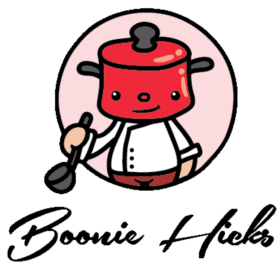
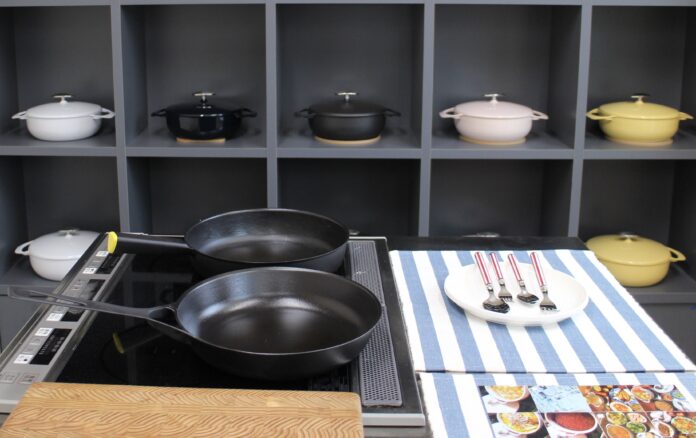
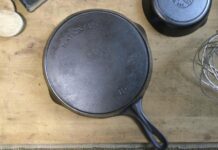
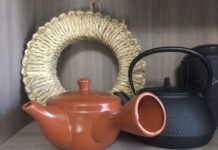
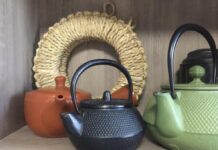



Good review of these excellent frying pans. But I checked Unilloy/SSC homepage in Japanese and it says there that the silicone coating is only to “protect from rust until it reaches the customer” and can be removed, and in fact is likely to remove with use. You can scour it off using a scouring pad and then it can be seasoned as with any other skillet. So your statement “It would be almost impossible to strip the original silicone layer and replace it with traditional seasoning.” contradicts the manufacturer’s guidance.
I have one which I scoured and now lightly season with oil after every use. Below is a machine translation (so a bit flaky) of the text from the website:
“The frying pan is coated with food-resistant silicone, which is intended for rust protection until it reaches the customer. And this coating will become thin as you use it. Especially when using metal spatula and tawashi, it is easier to peel off. However, by washing without the use of after-cooking detergent, the oil slick grows as much as the rest and the painted areas are also protected by the oil slick. So it doesn’t matter if the coating peels off. This silicone paint is harmless to the human body, so it’s safe to swallow it.”
Hi Simon
I hope you’re enjoying your frying pan, and thank you for sharing your experience.
You’re right you can season your silicone cast iron frying pan. This will be similar to silicone metal muffin pans that slowly build seasoning over time. I believe the manufacturer is highlighting the silicone layer will become thiner over time and will eventually lose its non-stick properties. And using metal utensils or abrasive cleaning products will reduce to life of the pan.